Bassin West Thumb Geyser Basin
Guide de voyage



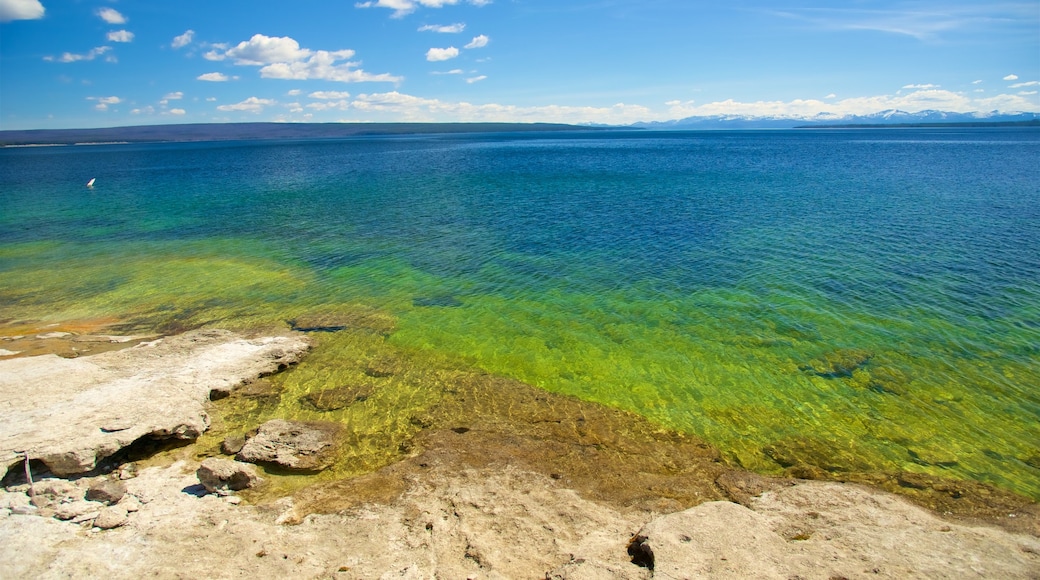

Découvrez la destination suivante : Bassin West Thumb Geyser Basin
- Bassin West Thumb Geyser Basin : hôtels populaires
- Bassin West Thumb Geyser Basin : propriétés de vacances

Avis laissé le 1 oct. 2024

Avis laissé le 3 sept. 2024

Avis laissé le 22 oct. 2024

Avis laissé le 9 oct. 2024

Avis laissé le 4 juill. 2021
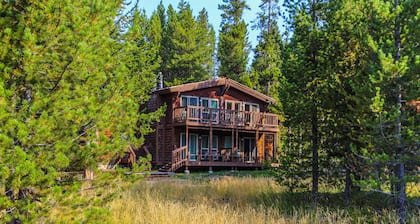
Avis laissé le 27 sept. 2023
Bassin West Thumb Geyser Basin – Vérifiez la disponibilité des hôtels
Endroits populaires à visiter
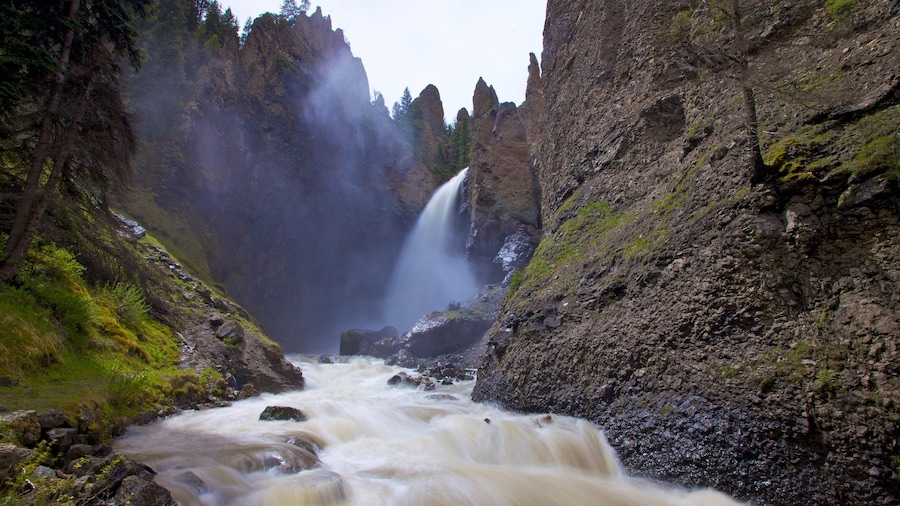
Parc national de Yellowstone
Lancez-vous dans une excitante aventure en plein air dans le plus ancien et le plus vaste parc national des États-Unis. Une suite infinie de vues splendides vous couperont le souffle.
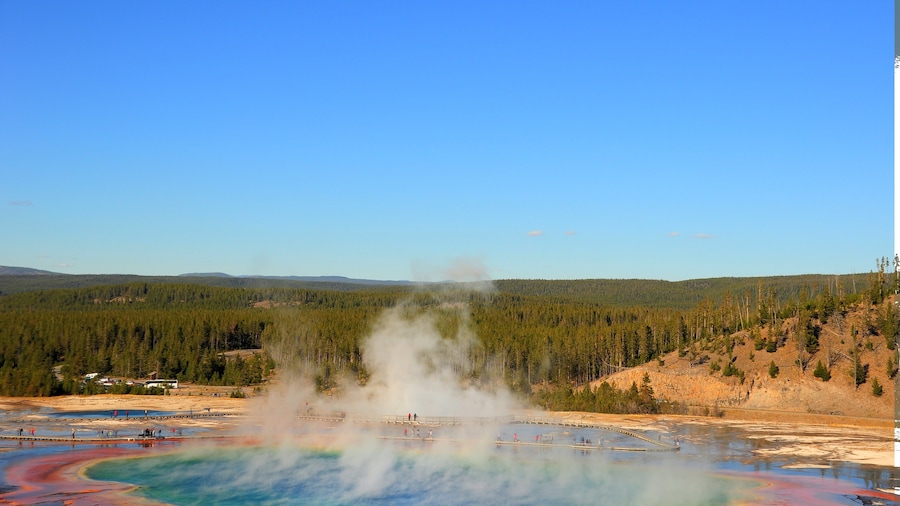
Entrée sud du parc national de Yellowstone
Partez faire un voyage en plein air à Entrée sud du parc national de Yellowstone, un espace verdoyant populaire de Parc national de Yellowstone. Profitez de votre séjour pour vous régaler dans les excellents restaurants du coin.

Entrée Est du parc national de Yellowstone
Faites des activités de plein air à Entrée Est du parc national de Yellowstone, un espace vert populaire à Parc national de Yellowstone. Découvrez les montagnes de la région et ses restaurants.

Geyser Old Faithful
Lors de votre séjour à Parc national de Yellowstone, Geyser Old Faithful vous permettra de communier avec la nature et de profiter du grand air. Parcourez les parcs de la région ou découvrez ses glaciers.
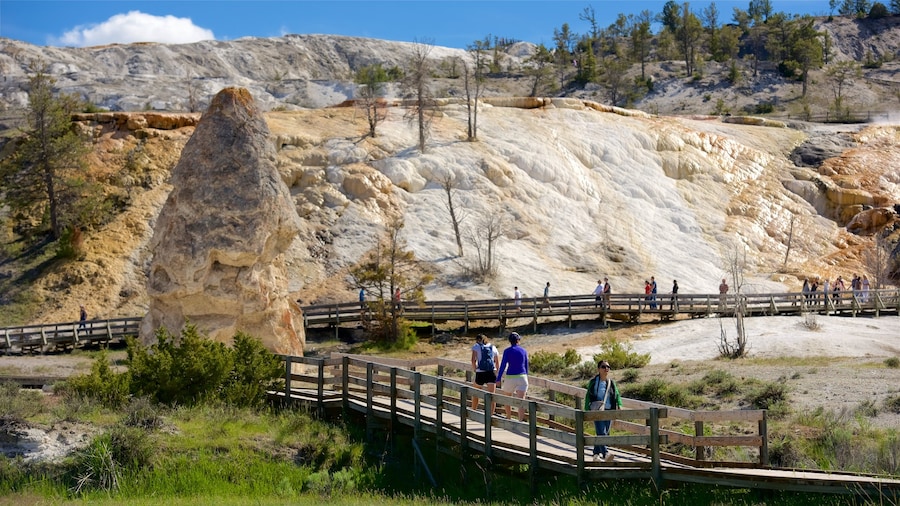
Formations calcaires des Mammoth Hot Springs
Lors de votre séjour à Parc national de Yellowstone, Formations calcaires des Mammoth Hot Springs vous permettra de communier avec la nature et de profiter du grand air. Pendant que vous êtes dans la région, promenez-vous dans les parcs.
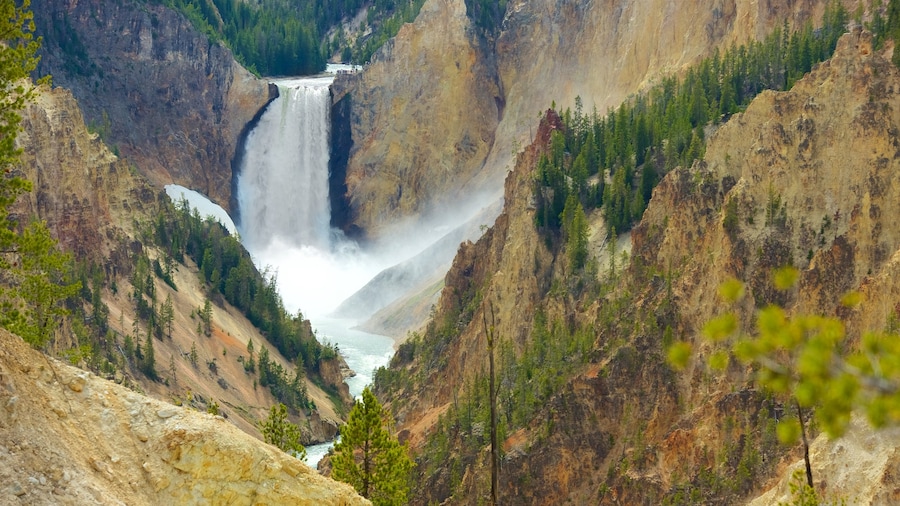
Grand canyon de Yellowstone
Pour des activités de plein air, explorez Grand canyon de Yellowstone, un espace vert des plus charmants à Complexe de Canyon Village. Découvrez les cascades et les sources chaudes de la région.
Activités
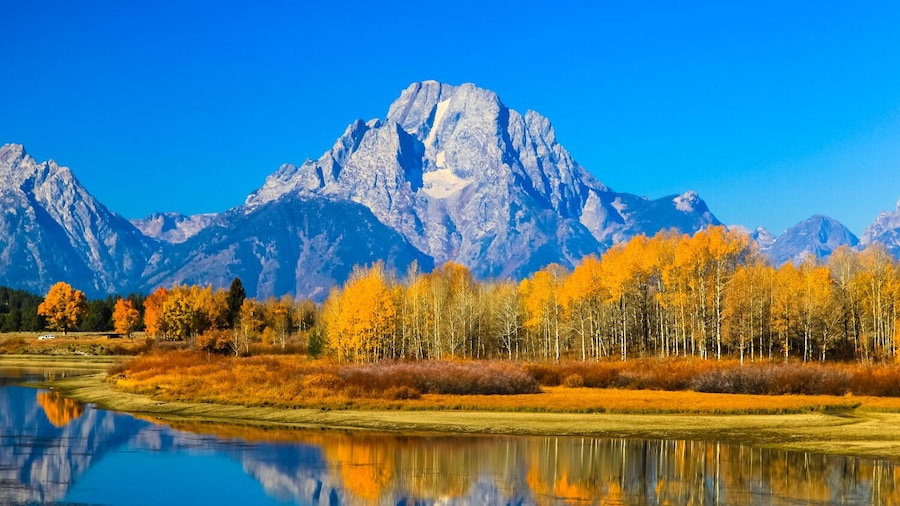
Offre groupée de visites guidées audio de Grand Teton et Yellowstone

Old Faithful excursion : Promenade autoguidée
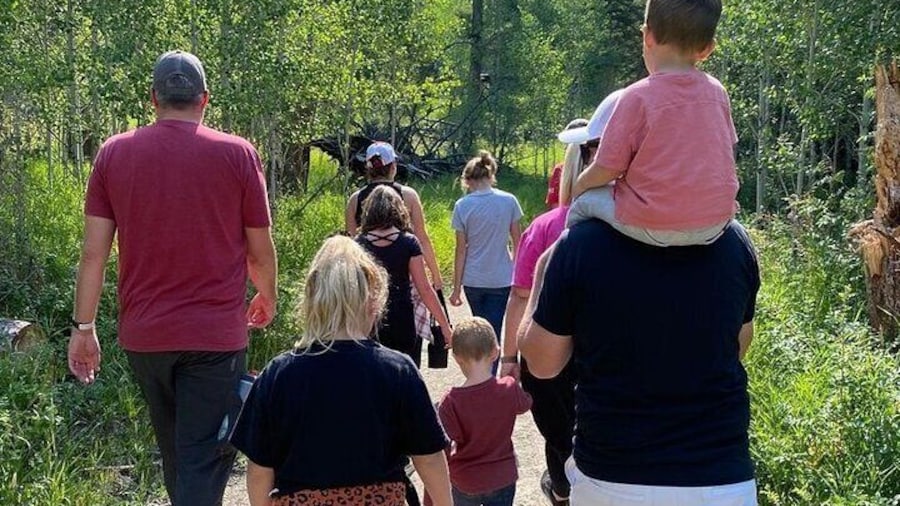
Aventure de randonnée guidée à Yellowstone avec déjeuner

Old Faithful, West Thumb, Grand Prismatic Audio Tours
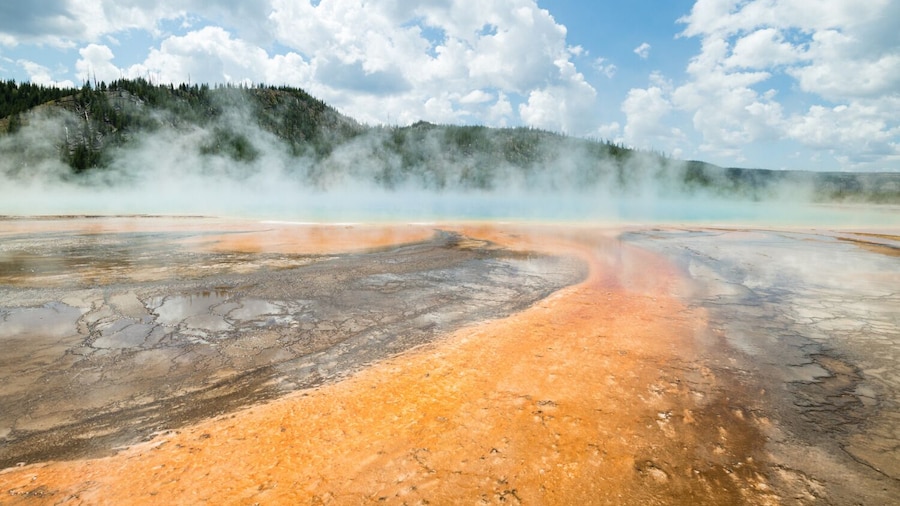
Yellowstone Grand Prismatic Spring Randonnée autoguidée excursion
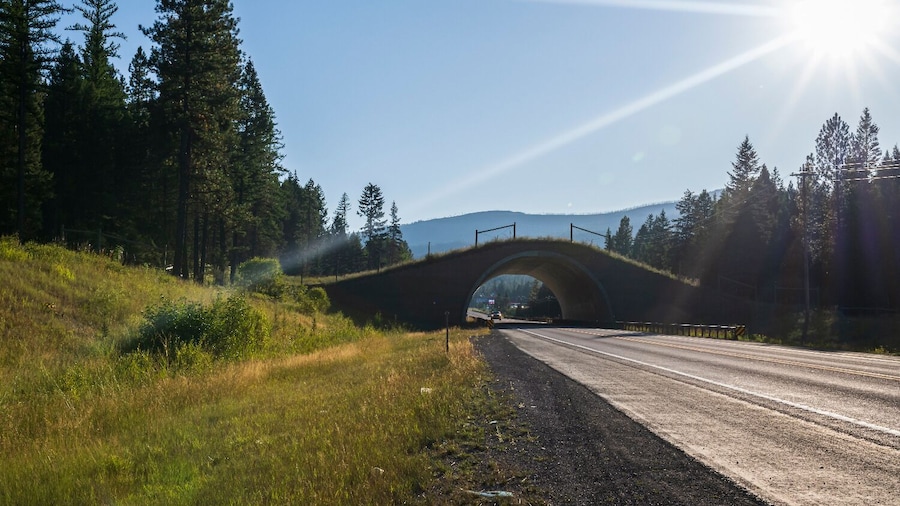
Big Sky excursion : Audio de conduite auto-guidée excursion
- Parc national de Yellowstone
- Abyss Pool
- Entrée sud du parc national de Yellowstone
- Geyser Old Faithful
- Grand canyon de Yellowstone
- Lac Yellowstone
- Pont Fishing Bridge
- Chaîne de montagne Teton
- Terrain de camping Madison Campground
- Bassin Norris Geyser Basin
- Chutes d'Upper Yellowstone
- Chutes de Lower Yellowstone
